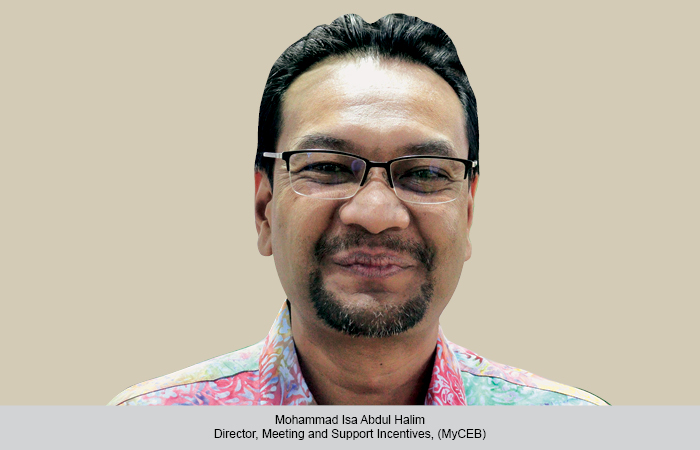Jerrin Jos, Founder & CEO, Verteil Technologies, explains how disadvantageous it can be for travel agents as well as their clients to continue using the GDS to book air tickets. He underlines major problems posed by the GDS including lag in rich data and lack of dynamic pricing.
Even today, 70%-80% of the US$ 700 bn worth airline content distribution happens using legacy pre-internet era technologies – the Global Distribution Systems mainly operated by Amadeus, Travelport and Sabre. The technology is housed in the GDSs and the airline’s control over the offer is limited with no scope for dynamic pricing or personalisation or merchandise of ancillary products. Crowded with several intermediaries to execute the process, the distribution cost of airlines is phenomenally high (as high as $30 per ticket).
Problems with a GDS
If you look at the current GDS landscape, GDS is a 40-year-old legacy mainframe system which sits in between the airlines and the travel agents. When travellers search on an OTA or a travel agent performs a shopping task (e.g. BOM-LHR), the offers, the flight information and the fares are coming from the GDS and not the airline. Infact, there are other systems which synchronize the flight and fare data between the airline’s reservation system and the GDS. Airlines around the world upload their flight schedule information to a system call OAG (Official Airline Guide). GDS then downloads this information from OAG to its database for synchronising the flight data. Similarly, there is another company called ATPCo (Airline Tariff Publishing Company). Airlines upload all their fare information to ATPCo and GDS downloads this information from ATPCo. It could take a week to two weeks for all this flight and fare information to get reflected in the GDS from the time airline defined and uploads it into these systems.
So, none of the information you, as a travel agent, see in shopping results on a GDS is in real time. This is problem one!
Technology limitations in GDS
The availability or inventory data is synchronised using offline messaging techniques, there are two types of messages, AVS/NAVS (Availability Status/Numerical Availability Status) messaging between airline and GDS system.GDS uses communication protocol called EDIFACT for all its communication with the airline. EDIFACT is a World War 2 protocol. Due to its secure nature, EDIFACT is a highly cryptic protocol and the amount of information which can be transmitted using this protocol is limited to characters and numbers. This is a reason why all the information in GDS terminal is displayed as just characters and number and airlines cannot push any rich media or additional ancillary services to the GDS. For instance, when we fly the economy class of an airline, we are given a standard meal option. This is again because of the limitation of the EDIFACT protocol. There are only a handful of pre-defined SSR codes which are defined in EDIFACT protocol implemented by the GDS years back. Because of the technology limitation of the GDS, airlines are not able to push any new ancillary products or services to GDS and to the travel agents. This is problem 2. Ancillary sales could push the billion dollar industry to a trillion dollar industry easily.
No dynamic pricing
Another issue with EDIFACT based GDS technology is that airlines are only able to push RBD based pricing. As you know, airlines defined RBDs as k(kilo), l(lima) etc. to defined pricing. As there are only 26 alphabets, airlines can define only 26 price points. So, there is no possibility of personalised pricing, dynamic pricing which are so fundamental in any e-commerce sector. Pricing is quite static.
Net result
Airline fares under the NDC channel will be much lower than the GDS channel; Airlines will get full control over its offerings allowing them to follow a host of retailing strategies, product and sales innovations, enabling airlines to be on par with general e-commerce industry practices, trends, and innovations.
 TravTalk India Online Magazine
TravTalk India Online Magazine





